#fairfax pond-rehe wildlife management area
Text


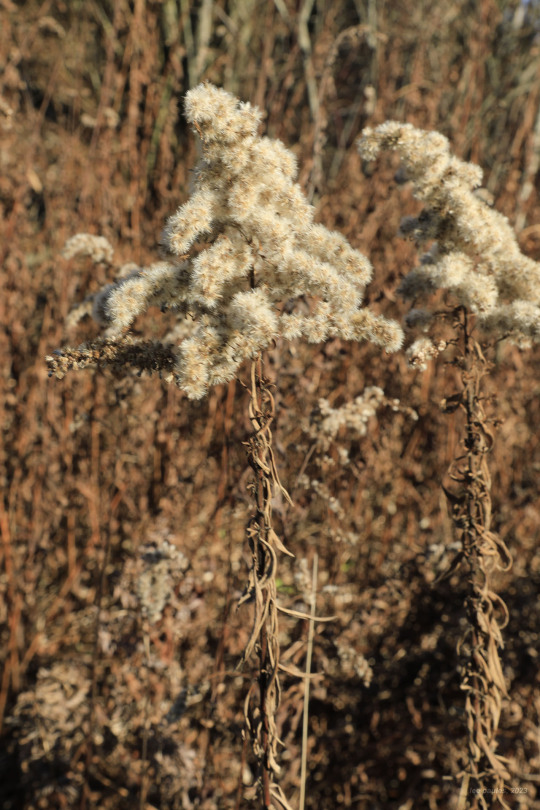
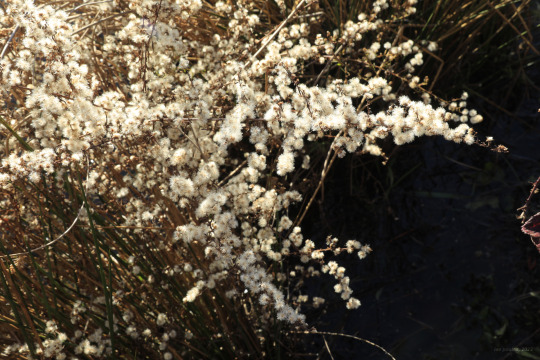

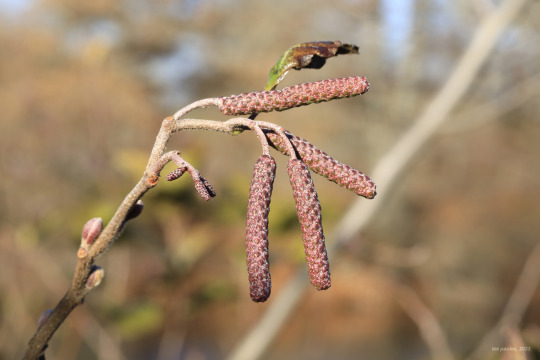

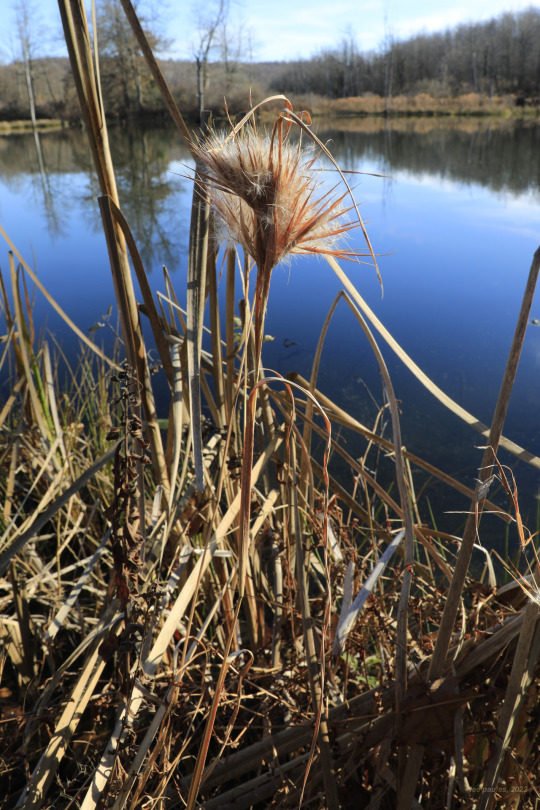
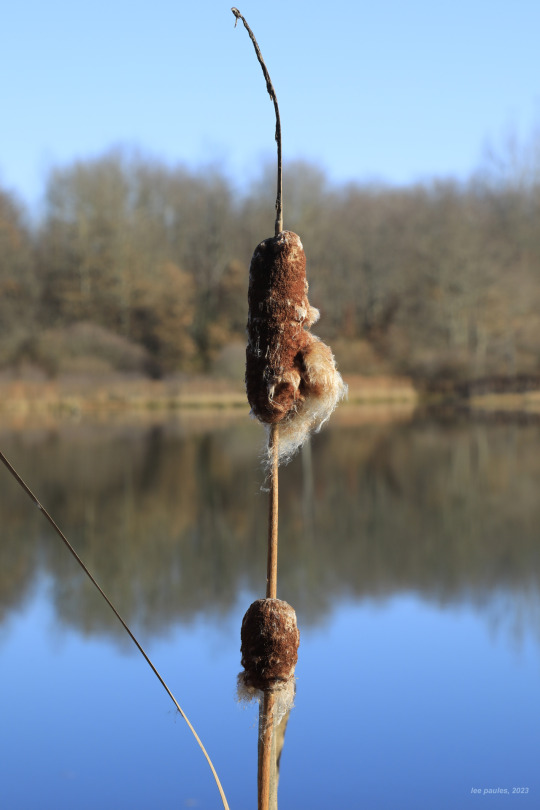

November at Fairfax Pond-Rehe Wildlife Management Area in Preston County. The sunlight is soft and lustrous in late fall; it infuses its radiant energy into everything, be it cold earth, withered stems or crumpled leaves. I find no desolation or bleakness in November's minimalist canvas, just nature catching her breath before the extended light of spring brings the next wave of renewal.
#appalachia#vandalia#west virginia#fall#fairfax pond-rehe wildlife management area#preston county#fall light#reflection#sky#earth#water
89 notes
·
View notes
Text
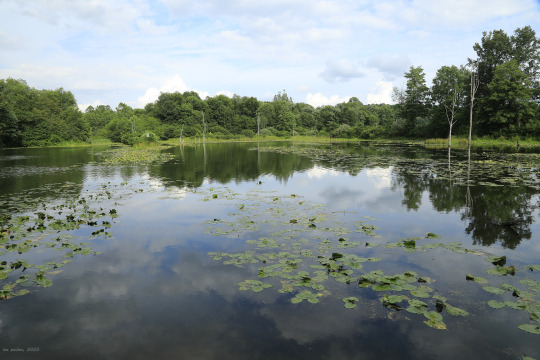


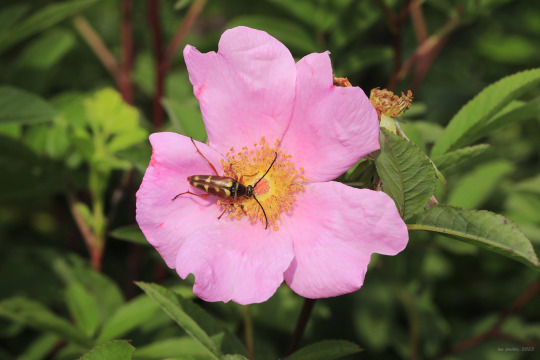
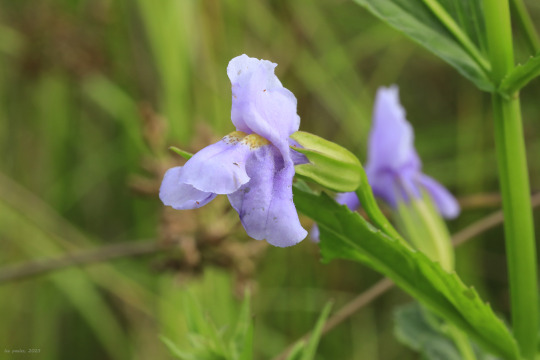


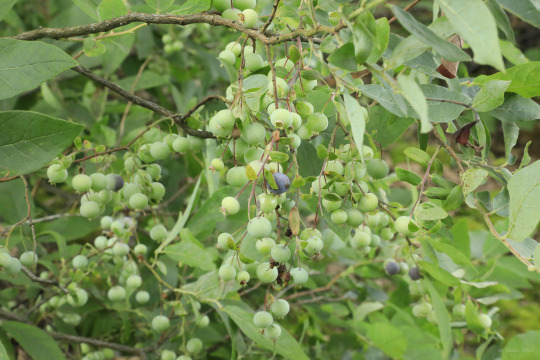


I took Blake up to Fairfax Pond-Rehe Wildlife Management Area tonight to scout fishing spots. While he counted bluegills, I was mesmerized by the memorably-dramatic, mid-summer sky, where the tattered remnants of the prior evening's storms stampeded across the horizon. Along the wetlands' edges, radiantly-beautiful swamp rose (Rosa palustris) spilled over into muddy pathways, keeping close company with Allegheny monkeyflower (Mimulus ringens) and blue vervain (Verbena hastata), also referred to as swamp verbena. In the oak-hickory woods farther back, the flowering spikes of downy rattlesnake plantain (Goodyera pubescens) poked up from the forest floor, and the dangling, bittersweet berries of deerberry (Vaccinium stamineum) were beginning to ripen. All reminding me how much I love summer's endless drama, occasional violence, and hurtling life force.
#appalachia#vandalia#west virginia#wildflowers#summer#flora#fairfax pond-rehe wildlife management area#preston county#wv route 92#swamp rose#allegheny monkeyflower#square-stemmed monkeyflower#blue vervain#swamp verbena#downy rattlesnake plantain#deerberry#southern gooseberry#dramatic sky
58 notes
·
View notes
Photo
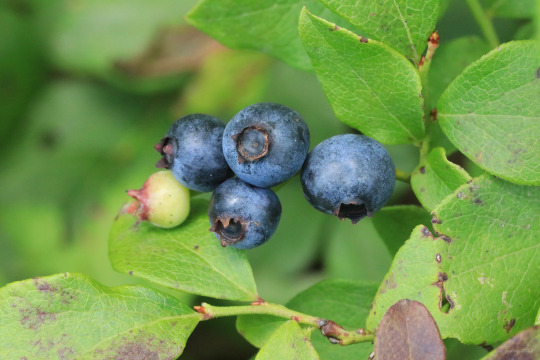
Lowbush blueberry (Vaccinium angustifolium) is now fruiting throughout Central Appalachia’s hill country and mountains. Lowbush blueberry can be distinguished from another common species that occurs in the same range, hillside blueberry (Vaccinium pallidum), by the fine serrations on the edges of its leaves.
#appalachia#vandalia#west virginia#summer#berries#ericaceae#vaccinium angustifolium#lowbush blueberry#fairfax pond-rehe wildlife management area
62 notes
·
View notes
Photo

Indian pipe (Monotropa uniflora), also known as ghost pipe and ghost plant, is a parasitic perennial in the heath (Ericaceae) family that derives its food from photosynthetic trees by way of a mycorrhizal relationship with fungi in the soil. Because it doesn’t need sunlight to produce energy, Indian pipe thrives in the shady understory of forests where most other plants struggle to survive. Bees and flies are its primary pollinators. Although Indian pipe is thought to be mildly toxic, Native Americans used various parts of the plant in infusions to relieve pain, treat eye infections, and suppress convulsions.
#appalachia#vandalia#west virginia#summer#flora#wildflowers#ericaceae#monotropa uniflora#indian pipe#ghost pipe#ghost plant#fairfax pond-rehe wildlife management area
48 notes
·
View notes
Photo
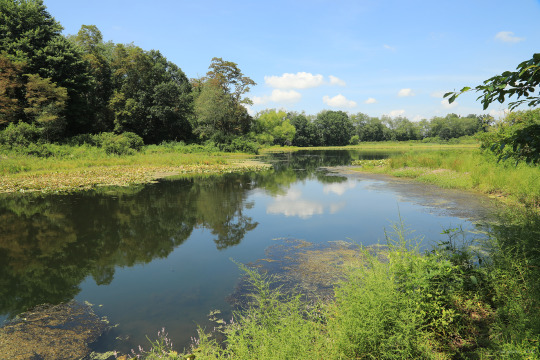
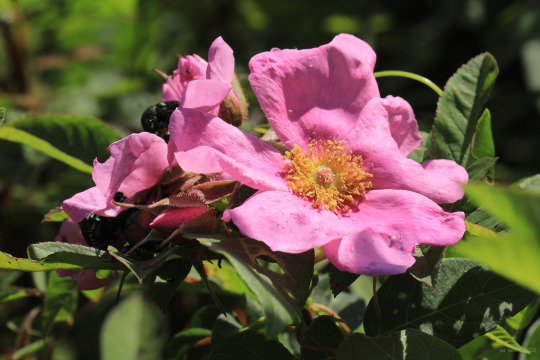
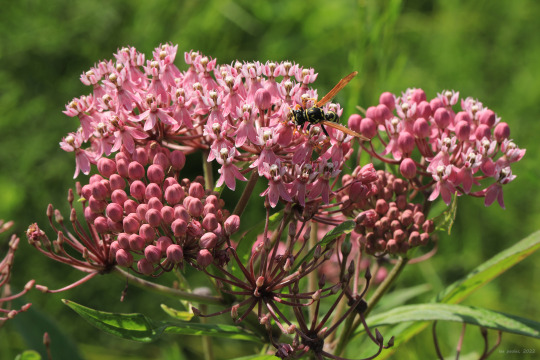

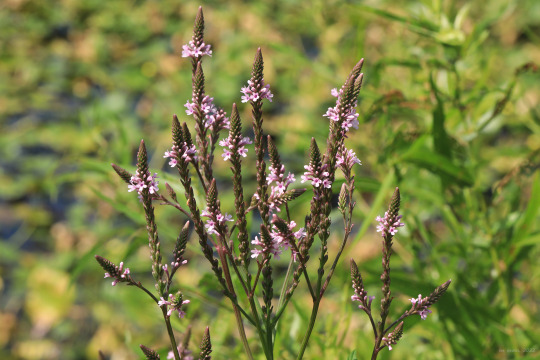
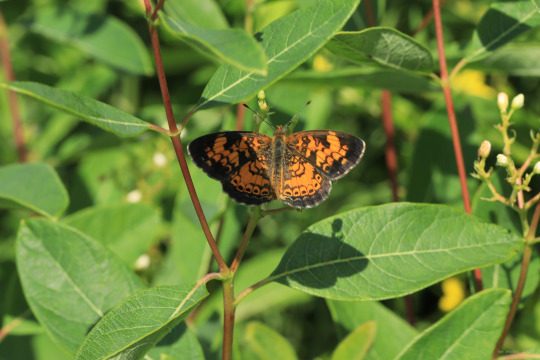


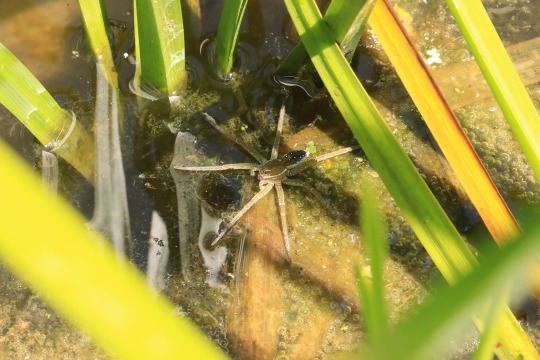
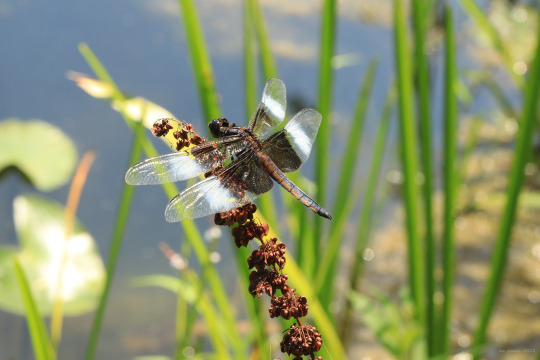
It was oppressively and unnecessarily hot today - in the low 90′s - so I eschewed any grand adventures and made homemade salsa instead with batches of newly-ripened goodies from my tomato and pepper pots. My sole foray outside was a mid-morning hike around Fairfax Pond-Rehe Wildlife Management Area, whose beautiful, interconnected ponds and waterways seemed right for the occasion. Swamp rose (Rosa palustris) is a bit past peak now, and riddled with Japanese beetles, but it makes a grand display starting in early July.
From top: swamp rose, a native perennial shrub that forms dense, colorful thickets along streambanks and ponds; rose milkweed (Asclepias incarnata), another wetlands-loving perennial with high-wildlife value; Allegheny monkeyflower (Mimulus ringens), an adorable colonizer with whimsical, double-lipped flowers; blue vervain (Verbena hastata), also known swamp verbena, a graceful, moisture loving perennial whose flowering spikes bloom from the bottom up; a silvery checkerspot (Chlosyne nycteis) cooling its jets on Indian hemp (Apocynum cannabinum), also known as hemp dogbane; fringed loosestrife (Lysimachia ciliata), yet another wetlands-loving perennial, whose droopy yellow flowers are quite beguiling; six-spotted fishing spider (Dolomedes triton), also sometimes referred to as dock spider for its habit of rapidly vanishing between the cracks of boat docks; and a male widow skimmer ((Libellula luctuosa) finding the perfect perch for scouting females and prey.
#appalachia#vandalia#summer#flora#rosa palustris#swamp rose#asclepias incarnata#rose milkweed#mimulus ringens#allegheny monkeyflower#verbena hastata#blue vervain#swamp verbena#chlosyne nycteis#silvery checkerspot#apocynum cannabinum#indian hemp#hemp dogbane#lysimachia ciliata#fringed loosestrife#dolomedes triton#six-spotted fishing spider#libellula luctuosa#widow skimmer#dragonfly#fairfax pond-rehe wildlife management area
35 notes
·
View notes
Photo





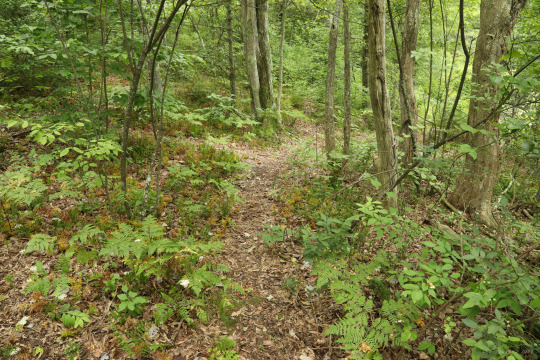




The Fairfax Pond-Rehe Wildlife Management Area in Preston County is one of the state’s newer WMAs, opened in 2014 on about 700 acres of former strip-mined lands. The WMA’s half-dozen ponds and wetlands are now home to herons, ospreys, kingfishers, and a great many more bird species. During my hike on Saturday, I spotted a bald eagle - an occasional visitor - but it flew off before I could get my camera situated. There was plenty else to see, however, including: the ever-photogenic swamp milkweed (Asclepias incarnata); gorgeous stands of blue vervain (Verbena hastata), also known as swamp verbena, along the marsh edges; the delicate white sprays of flowering spurge (Euphorbia corollata); drooping bundles of green deerberry (Vaccinium stamineum) fruit, a staple food of white-tailed deer; and the glorious pink crowns of purple Joe-Pye weed (Eutrochium purpureum).
#appalachia#vandalia#west virginia#flora#summer#wildflowers#fairfax pond-rehe wildlife management area#preston county#reedsville#wetlands#asclepias#swamp milkweed#verbena#blue vervain#swamp verbena#euphorbia#flowering spurge#vaccinium#deerberry#eutrochium#purple joe-pye weed#joe-pye weed
60 notes
·
View notes
Photo
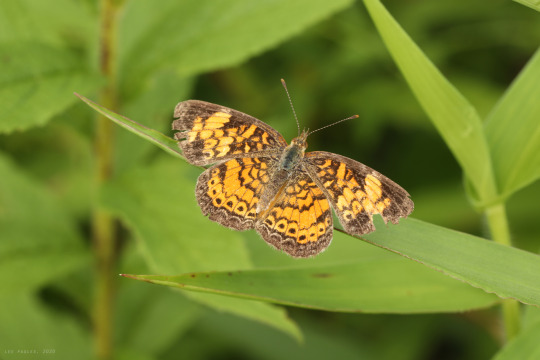
A northern crescent (Phyciodes cocyta) gets its bearings among the converging green blades at a marsh’s edge.
#appalachia#vandalia#west virginia#lepidoptera#phyciodes#northern crescent#butterfly#fairfax pond-rehe wildlife management area#wetlands#marsh
18 notes
·
View notes
Photo
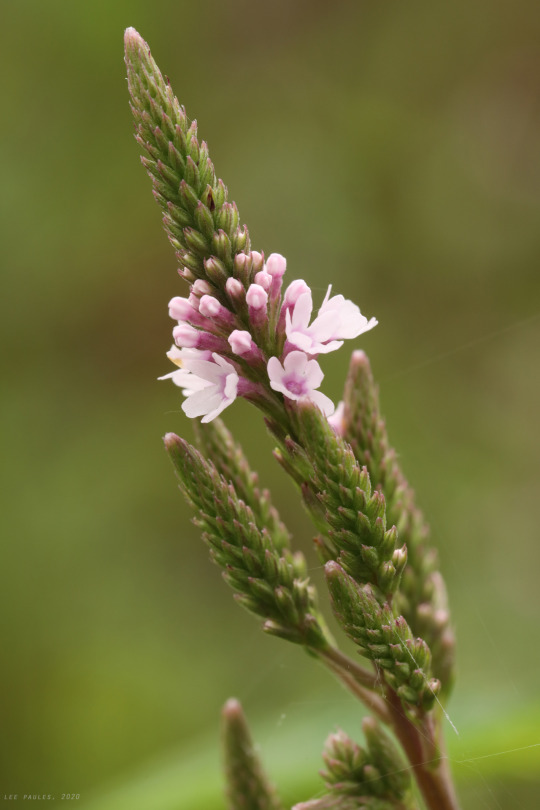


More photos of the blue vervain (Verbena hastata) currently in bloom at Fairfax Pond-Rehe Wildlife Management Area. The flowers on the plant’s spikes bloom from the bottom up, a few at a time.
#appalachia#vandalia#west virginia#flora#summer#wildflowers#verbena#blue vervain#swamp verbena#fairfax pond-rehe wildlife management area#wetlands#marsh
15 notes
·
View notes